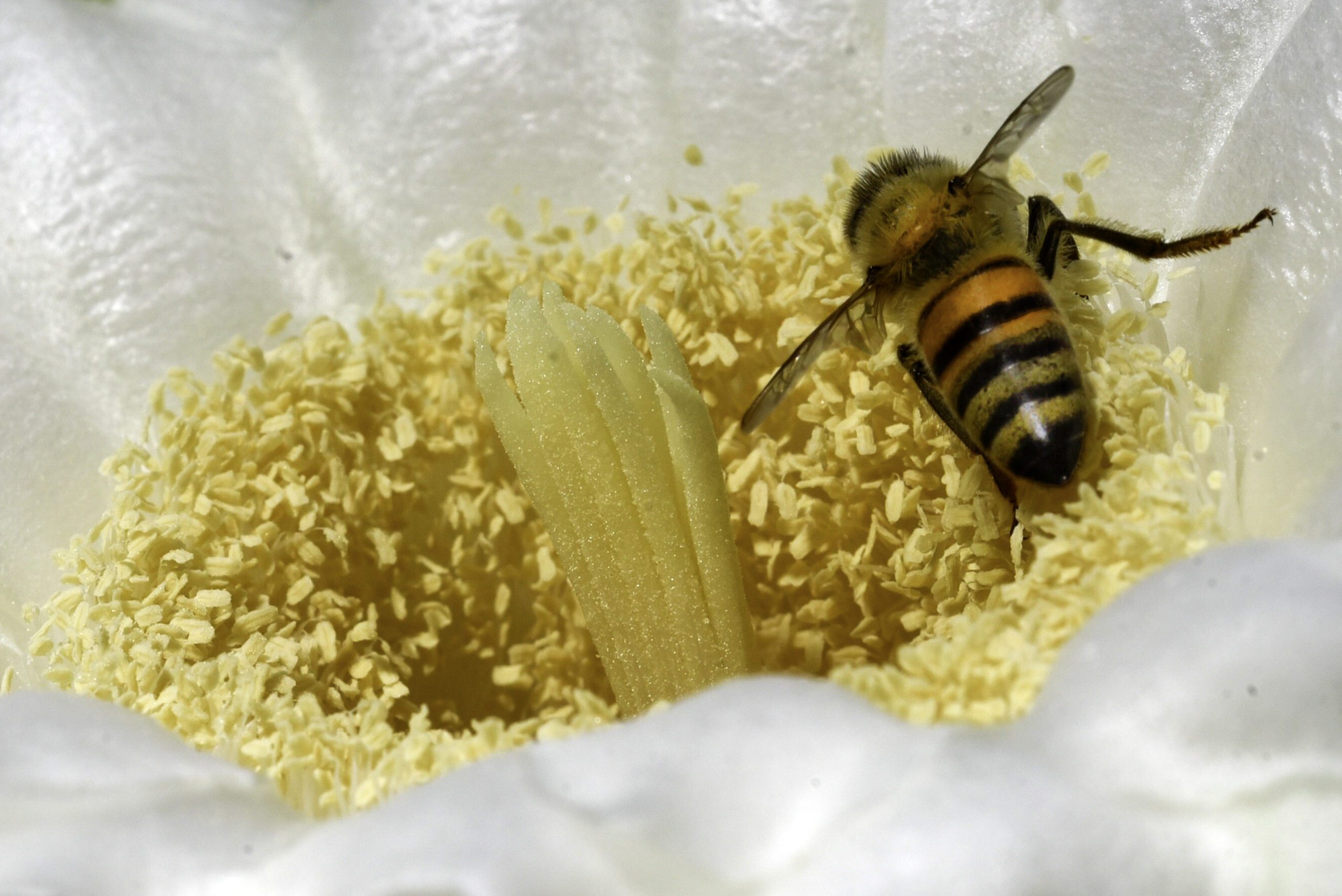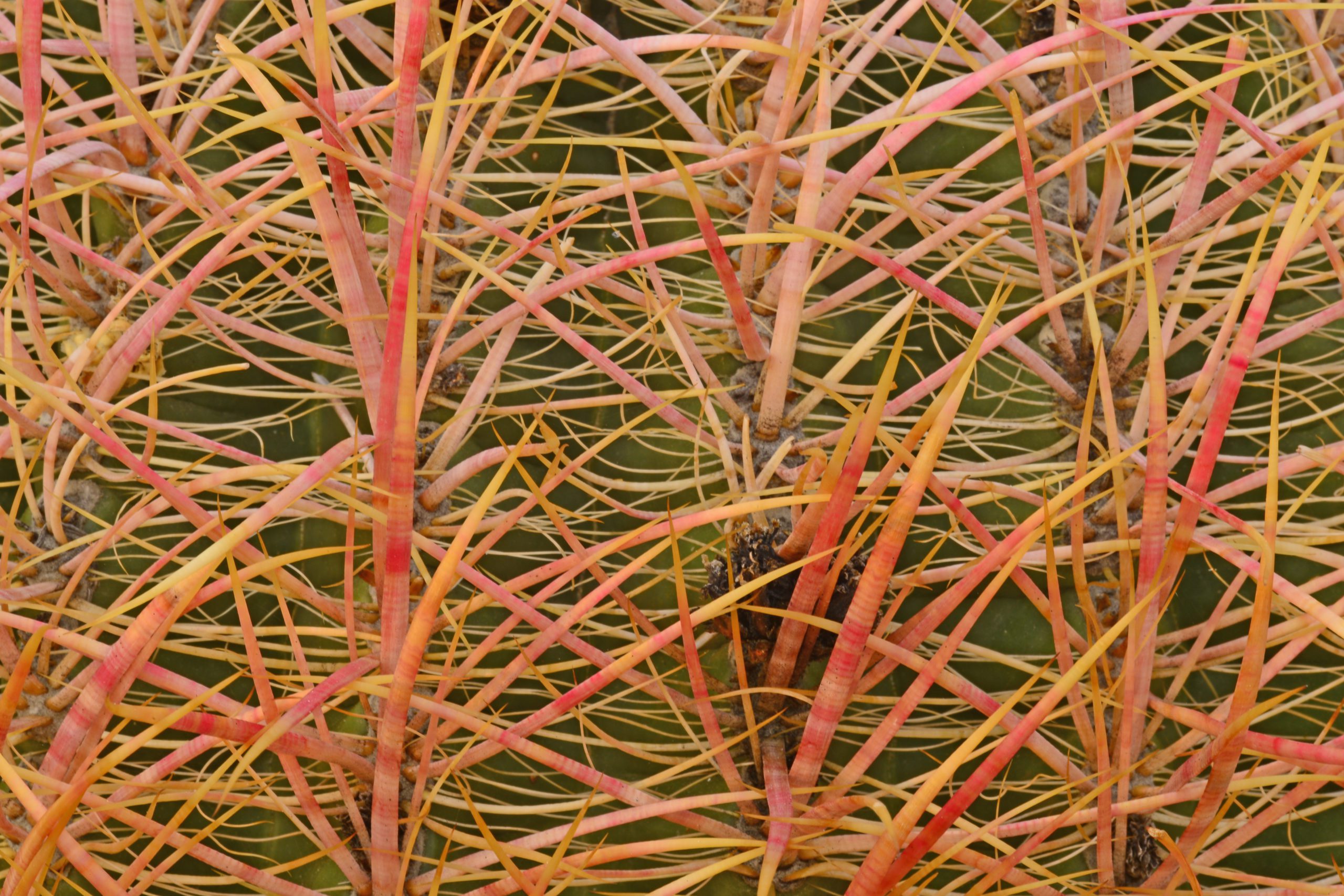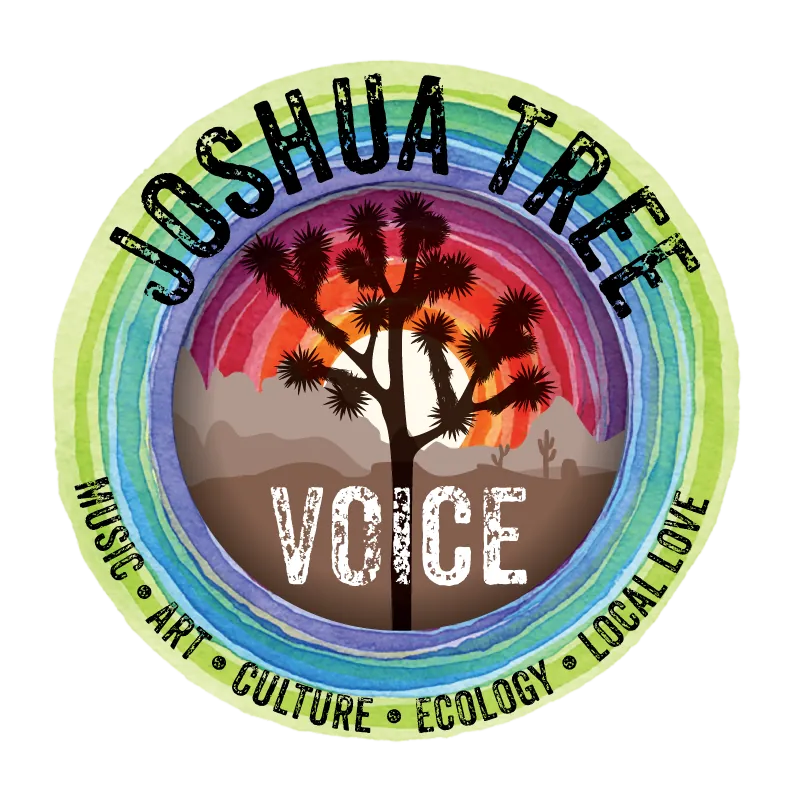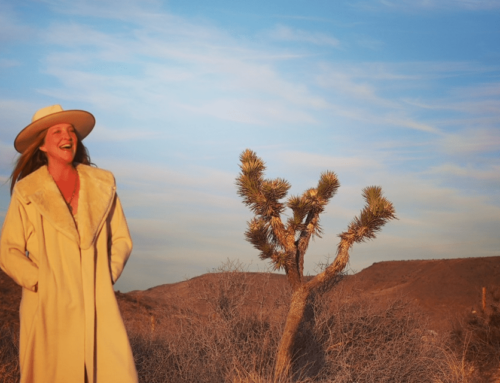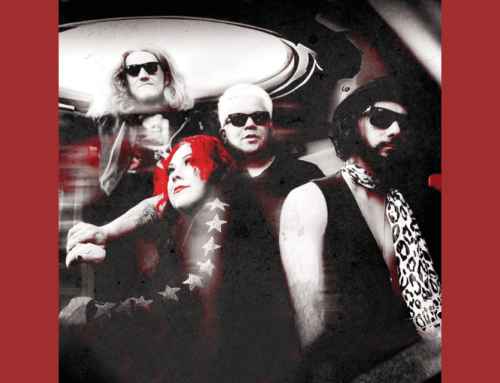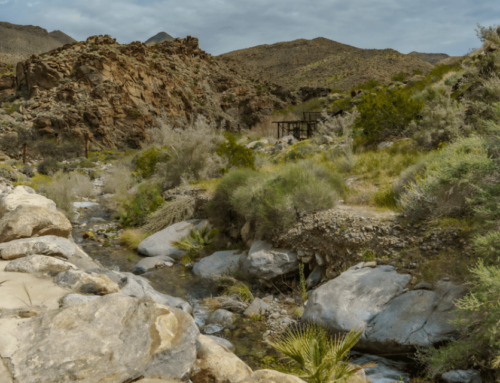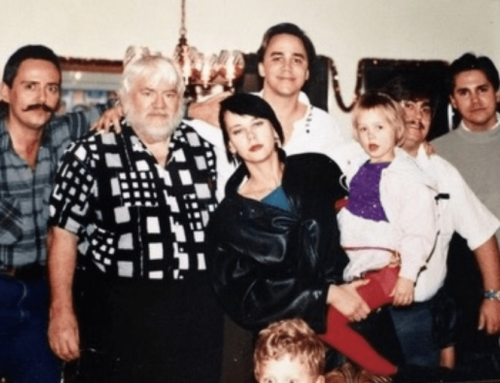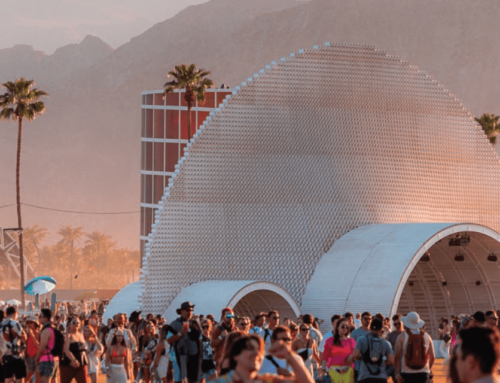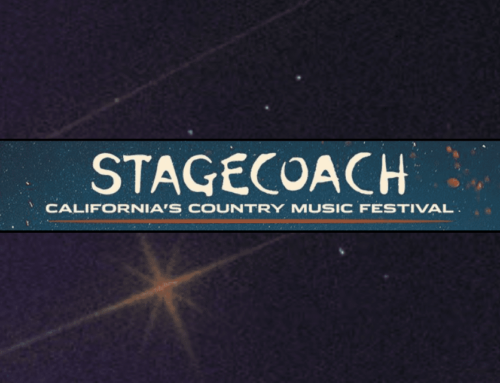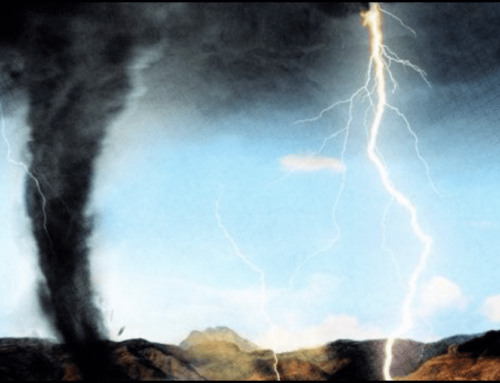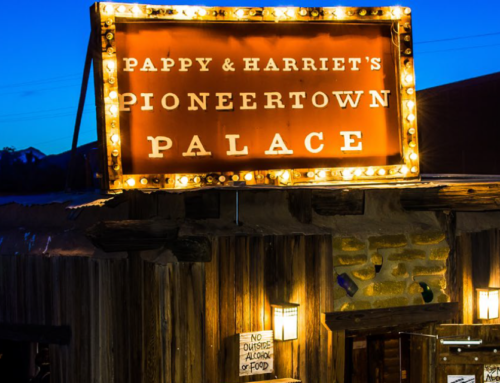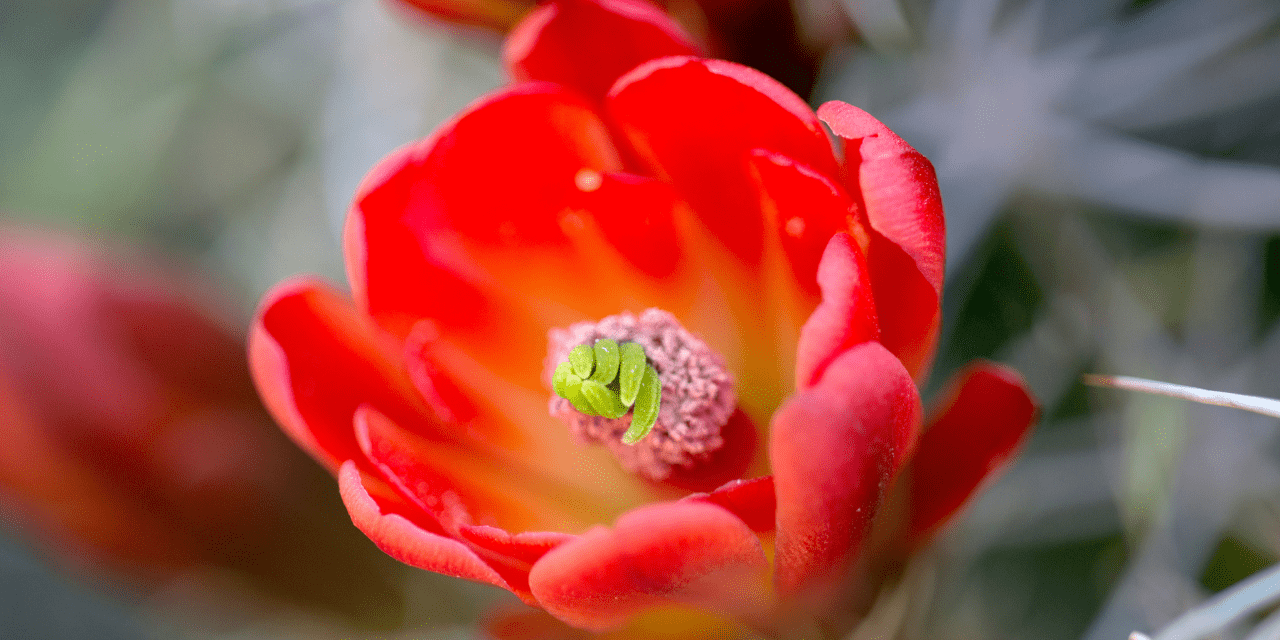
Joshua Tree in Bloom
By Lisa Lynn Morgan
Photo Credit: Sandra Goodin
Bees are buzzing, flowers are blooming, critters are waking from hibernation throughout the Morongo Basin. This also means that the campers are coming, traffic is slowing, and local businesses have their hands full. It is a beautiful time of year that will be enjoyed by a record number of locals and visitors alike. We hope everyone will come packed with kindness, gratitude, respect, and patience. Leave plenty of room to take home enough awe and wonder to last a lifetime.
To those coming to us from afar, make a mental note to slow down once you turn off the 10 Freeway and journey upward. The recalibration starts right there. You’ve done it! You’ve escaped. Now, enjoy the journey, for your own peace of mind as well as for the animals who tend to wander through this corridor in search of love and their bear/bare necessities.
In the spirit of keeping this experience beautiful for generations to come, please take the following information from the National Park Service to heart.
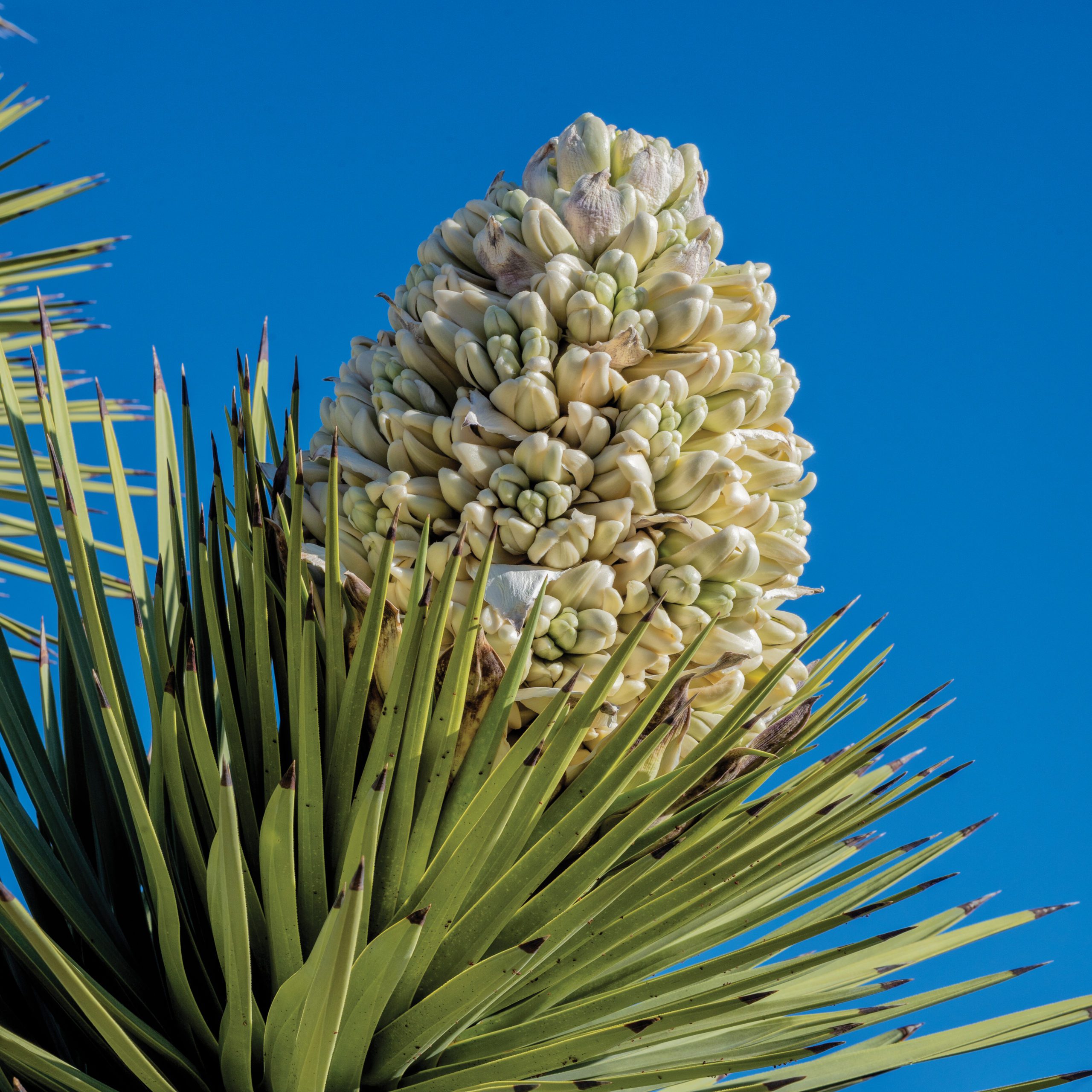
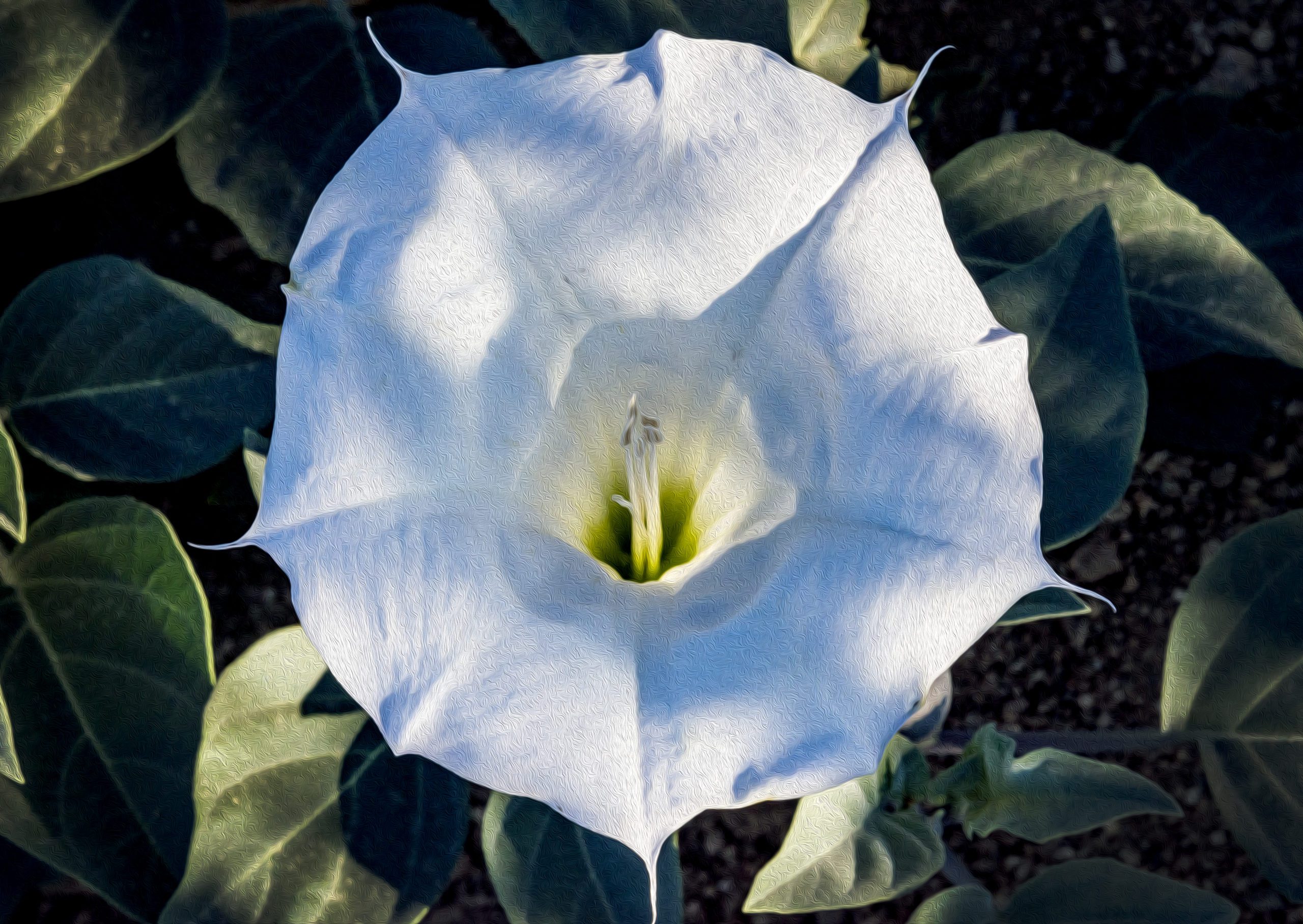
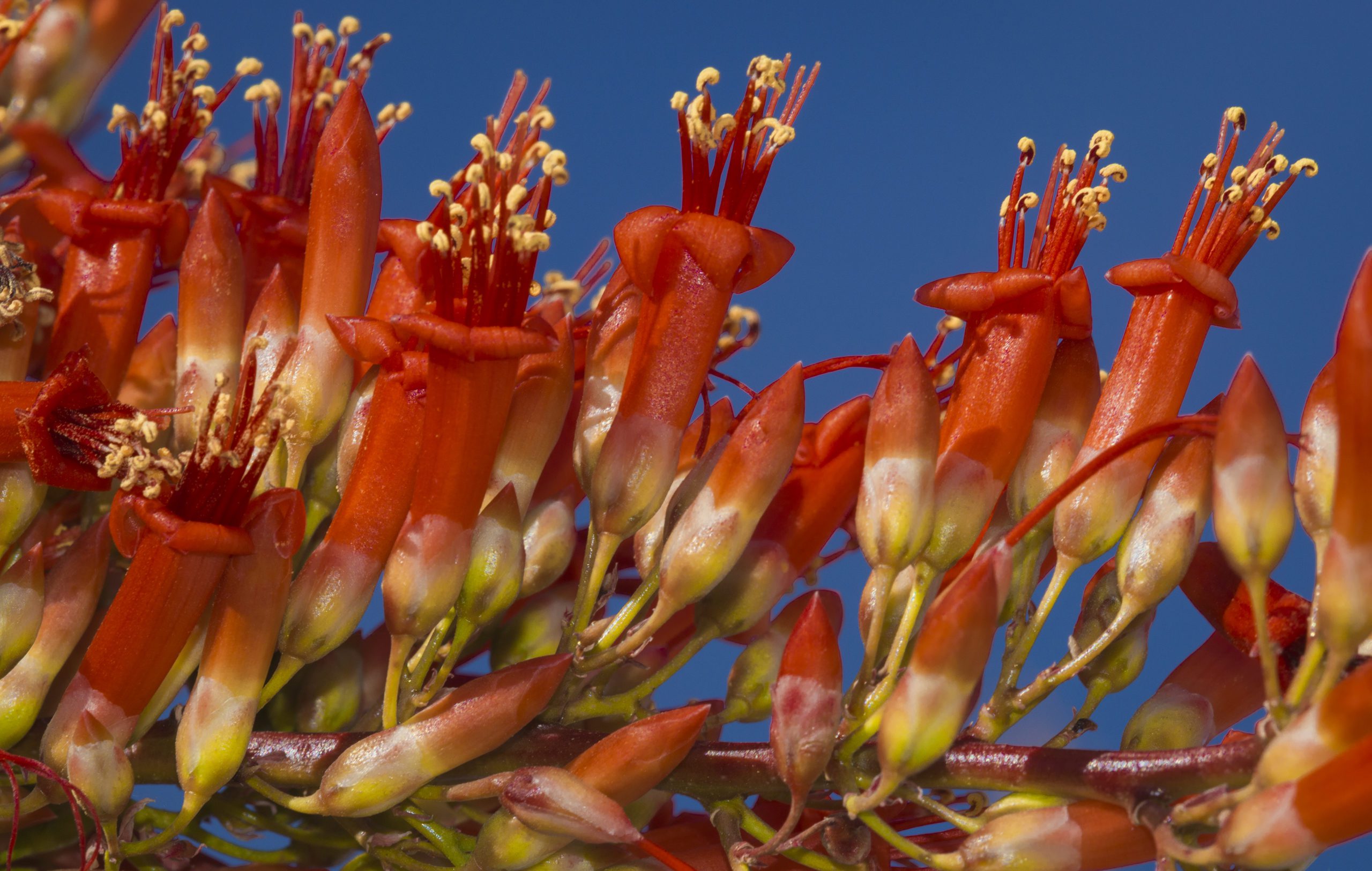
When and Where Will the Wildflowers Bloom?
Wildflowers may begin blooming in the lower elevations of the Pinto Basin and along the park’s south boundary in February and at higher elevations in March and April. Desert regions above 5,000 feet may have plants blooming as late as June.
The extent and timing of spring wildflower blooms in Joshua Tree vary from one year to the next. Fall and winter precipitation and spring temperatures are key environmental factors affecting the spring blooming period. Normally, desert annuals germinate between September and December. Many need a good soaking rain to get started. In addition to rains at the right time, plants also require temperatures to warm a bit before flower stalks will grow. Green-leaf rosettes may cover the ground in January, but flower stalks wait until temperatures rise.
You can help! We’ve partnered with iNaturalist, a free citizen science app for mobile devices. Use iNaturalist to report your flower observations to the Joshua Tree National Park Wildflower Watch project. Stay on the trail and leave wildflowers in the ground. Picking any vegetation is against park rules. Trampling wildflowers can kill them and may stop other wildflowers from growing in their place for years. Plants can have difficulty growing in trampled areas where the soil becomes hardpacked.
Winter holidays and the spring months are the busiest times of the year at Joshua Tree National Park. Crowded conditions create limited parking, full campgrounds, and lines at park entrances.
The Three Best Ways to Prepare for Your Visit to Joshua Tree National Park
Buy a digital pass ahead of time by logging onto www. recreation.gov. This pass will make entry to the park quicker and easier.
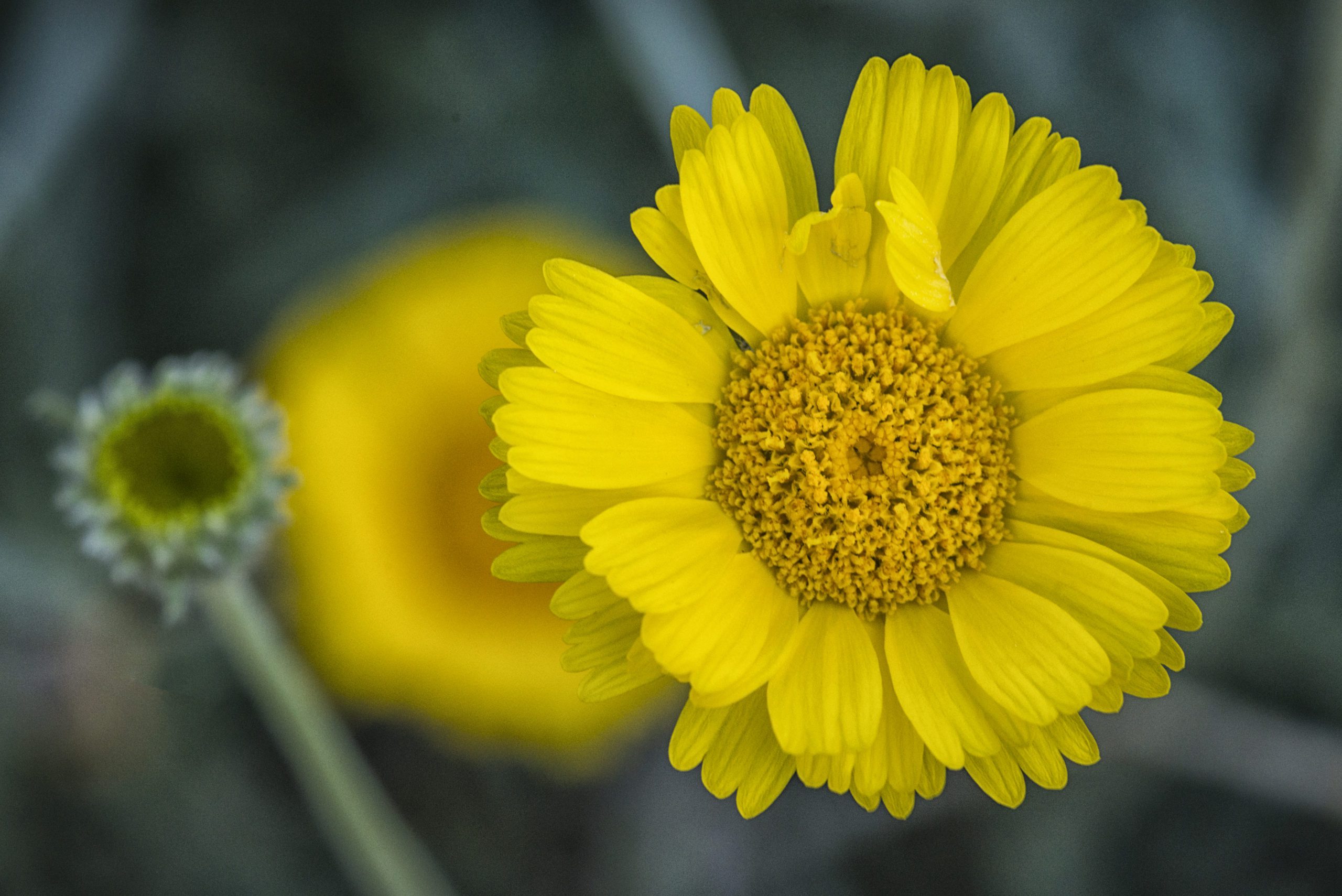
Avoid entering the park between 10 am and 2 pm and avoid exiting the park around sunset.
The most crowded days in the park will likely be the day of and around Thanksgiving, Christmas, New Year’s Day, Martin Luther King Day, and Presidents’ Day. Every weekend in the spring is also extremely congested. Skip these days for a more relaxing visit.
Other Tips to Prepare for Your Park Visit
The park may become drive-through only as the parking lots reach maximum capacity during times of extreme visitation. Visitors may be turned away from popular parking areas.
Be flexible with plans. The best hike may be the one where parking is readily available. Always be prepared with adequate food and water and let someone from home know you will be hiking. Cell phones do not work in the park in most areas.
Visitors can park along many, but not all, roadsides. Never drive over a curb to make a new parking space. Weekdays are usually less crowded than weekends— consider visiting the park Monday through Thursday.
Make a reservation at www.recreation.gov to reserve one of the 350 reservable campsites in the park. If there are no reservation sites available, there likely will not be first-come, first-served sites available when you arrive.
Many campgrounds intersect with hiking trails. Campers can hike trails that connect to their campground to avoid busy parking lots.
Find a new favorite spot to explore in the park. There is no one best campsite, trail, or sunset spot.
Thank you all for your continued stewardship and love of Joshua Tree National Park. -NPS-

